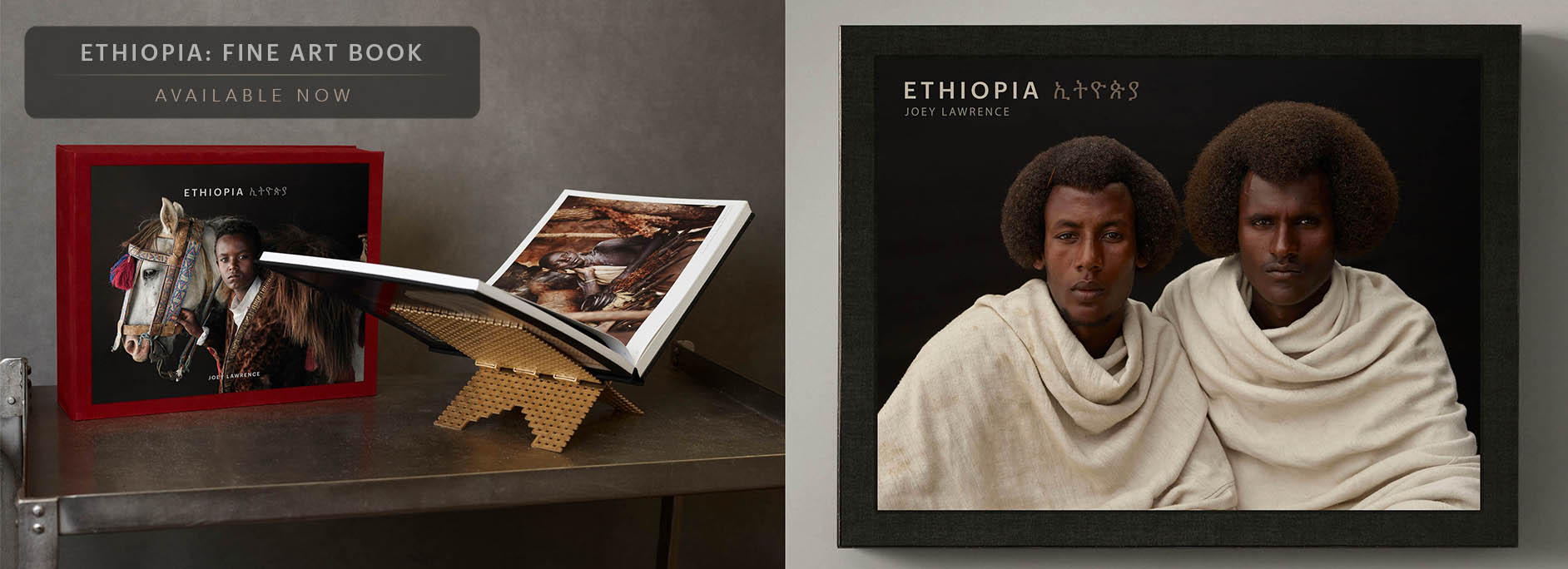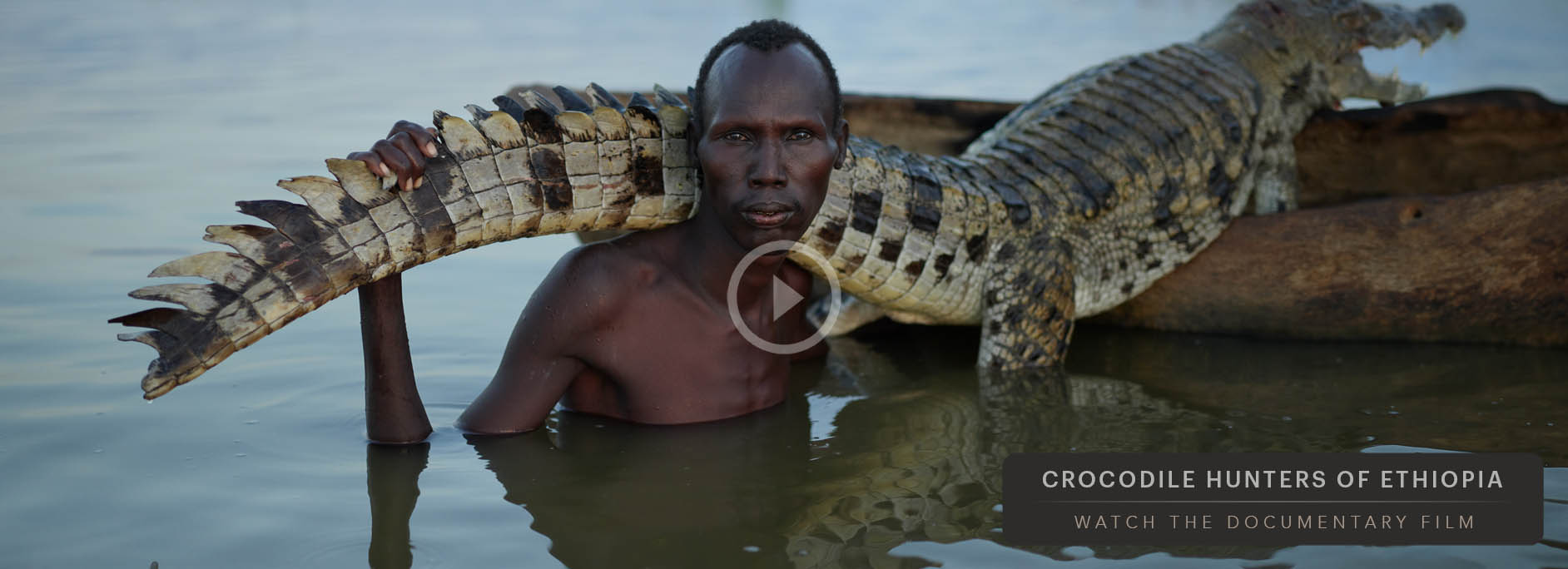When people ask me my favorite places on Earth, typically I respond like this: the best food is in Ethiopia, the best historical sites are in India, but the best people are in Kurdistan. For that reason, I have been pulled back to Kurdistan as a photographer again and again. This blog post features some of my most recent work from the region since the publication of my book We Came From Fire: Kurdistan’s Armed Struggle Against ISIS (powerHouse, Summer 2019.)
We finally finished our documentary about my photography exhibition in Iraqi Kurdistan. This film highlights the struggle we had opening it and the ongoing crisis in Rojava. Amnasuraka, or, “the Red Prison” was a Saddam-era jail infamous for the incarceration & torture of Kurdish & Iraqi civilians. It was converted into a museum, and we displayed my portraits of Kurdish heroes on those same walls. It wasn’t easy to do last minute. In the documentary you’ll see how we almost didn’t make it in time, but somehow managed to pull it off thanks to Metrography Agency, Peyk Bookstore, Vim and our local volunteers who barely got any sleep.
All proceeds from the print sales and a workshop hosted for local photographers were donated to Heyva Sor a Kurdistanê. This is an NGO that works on the frontlines helping those displaced by the Turkish invasion of Syria. These are brave aid workers who have been targeted and killed, yet continue their brave work in Rojava and beyond. The COVID-19 pandemic is hitting everywhere, especially areas in Kurdistan now under complete lockdown since we filmed the documentary. Please consider donating to Heyva Sor a Kurdistanê to help extremely vulnerable refugee communities seeking peace in Kurdistan.
Zhiwar from Peyk Books and I setting up the photography installation at Amna Suraka, a Saddam-era prison in Slemani, Iraqi Kurdistan.
ROJAVA REFUGEES: Once the exhibition was installed at Amna Suraka, I had time to travel North and see and photograph the ongoing situation for myself. In Iraqi Kurdistan’s Bardarash Camp, tents that once housed civilians fleeing ISIS now shelter refugees fleeing the Turkish invasion of Kurdish regions of Northern Syria.
After American President Donald Trump’s sudden order for the US military to withdraw from Syria, clashes erupted between the once American-backed Syrian Democratic Forces and the Turkish Army alongside their rebel proxies. The invasion has plunged what was once the most stable region of war-town Syria into a new crisis. Civilians from Syrian Kurdistan have fled their homes for safety across the border in Iraqi Kurdistan. What the displaced feared most was ethnic cleansing at the hands of Turkish-backed rebel groups.
Kurshid, a Kurdish barber, fled his home with his family. He reopened his barbershop business in Bardarash Camp to continue supporting his family and to provide a sense of normalcy in such an uncertain time.
A chemical spray is administered from a moving vehicle encircling refugee tents to help reduce the insect population aggravating the site.
Hamza and his daughter Gulistan outside their tent in Bardarash Camp, Iraqi Kurdistan. The pair fled Northern Syria after the Turkish invasion, fearing ethnic cleansing from Turkish-backed rebels. "When a rocket is coming, it’s not asking who you are- if you are a civilian or a soldier. The price of military operations are paid by civilians."
Portrait of Solin, a Kurdish refugee from Northern Syria, posing with her tambur- a traditional string instrument. Solin fled across the border with her mother and younger brother.
Solin's mother Najah.
“Serikaniye Market”, describing a Kurdish city in Northern Syria now under the control of Turkish-backed rebel proxies, is written on a small shop selling basic goods in Bardarash Camp.
HAWRAMAN: A visit to Kurdistan is never complete without a visit to the mountains. I had always wanted to visit Hawraman- a peaceful, mountainous region nestled between the borders of Iraqi and Iranian Kurdistan. A smuggler bringing goods between these nation state borders may tell you that he is doing nothing illegal, since both sides are technically Kurdistan. The Iranian border guards waiting in towers across the rocky plateaus think otherwise, and typically shoot at any unauthorized crossing.
Regimes come and go, but it seems Hawraman will always be Hawaraman- a distinct heartbeat of Kurdish culture known for its layered villages built right into rocky hillsides and mountain ranges. Mosques share the same mountain air as temples of pre-Abrahamic religions, such as the Yarsan faith. In the little city centers connecting the villages, smokey cafes serve breakfasts of local mountain honey, walnuts, and pomegranates.
Portrait of Hama Karim Mahmood sitting in a Tawella cafe. A peshmerga soldier during the late 1960s, a conscript into the Saddam-era Iraqi Army, then a peshmerga once again... Hama had many great stories to tell symbolic of the region. He is wearing a traditional "faranji" vest, handmade from wool in the Hawraman region of Kurdistan.
Portrait of Lanya in Narjala, a small Hawramani village near Biyare.

Mala Karim outside an old Hawramani house made of stone in his village of Narjala. Mala is currently constructing a new house nearby.
Kurdish men pray during the month of Rabi' Al-awwal to celebrate Mawlid - the birthday of the Islamic prophet, Muhammad.
Men wash before prayers at the Islamic College of Khanaqay Byara, nestled between mountain ranges in Hawraman region of Kurdistan.
A Kurdish man after prayer.
Portrait of Mohammad Ahmed from Said Sadiq, photographed at the Islamic College of Khanaqay Byara during Rabi' Al-awwal.
Portrait of Sofi Hussain and Sardasht Khalid.
Portrait of Qadir Hama Faraj from Said Sadiq.
Diyarko Majid Hamid from Halabja.
Portrait of Abdulkhaliq Ahmed outside his home in Daga Shexan. In the background are his daughters Berivan and Iman.
Portrait of Abdulkhaliq's daughter, Iman.
Mahmood Ahmed Mhamad and his wife Pakhshan Abubakir Taha in their family house near the border of Iran in Daga Shexan.
Portrait of Hama Rashid. His village Wêleyer near Slemani was destroyed twice by Saddam's regime, then rebuilt twice.
Bryar Mohamad Karim photographed in his village Wêleyer near Slemani.
Portrait of Sara. Wêleyer, Slemani Province.
SLEMANI: Our journey back ended back in Slemani to photograph acclaimed Kurdish artist Ismail Khayat at his home studio. Ismail's works have been exhibited around the world, including Paris, Japan, New York & London, but he remains a very humble guy. I photographed his portrait in front of one of his dynamic paintings, but I made the session short due to his health. Ismail was kind enough to gift me one of his five thousand stones painted with human figures, birds and fishes. Each stone represents the 5000 victims of Halabja chemical attack, a massacre against the Kurdish people that took place on March 16, 1988.
I was able to photograph and travel freely around all thanks to Ahmed Najm from Metrography organizing the permissions, and an incredible amount of local support. Unfortunately, due to the devastating outbreak of COVID-19 and lockdowns spread across the general region, moving around and photographing this area would now be nearly impossible. The Kurds even stayed indoors during Newroz, their largest celebration of the Spring Equinox. If history teaches us anything, it will be that things will eventually go back to normal, and the Kurds will remain, defiant as ever. I am looking forward to my next trip to Kurdistan.
I would like to thank the following people for helping this project come together:
Metrography Agency's team, Peyk Bookstore, Ahmed Najm, Zhiwar Nazanin, Brian McGuffog, Sina Muhammad, Zana Ahmed, Barzani Salam, Sangar Bakr, Hama Juma Abdulla, Shad Kamaran and Ryan Cleary at Luminosity Retouching.
JL


ADD A COMMENT (1)
Gary Whitton // May 18, 2021 14:29
Wow, setting up that photo exhibit at Amna Suraka is hauntingly appropriate.
Your comment has been posted